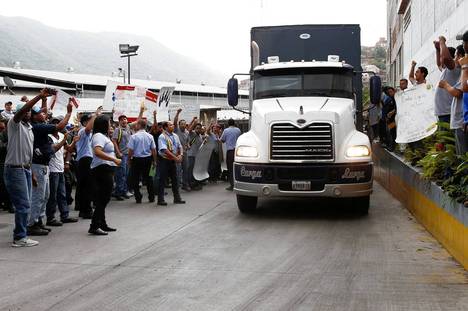(p. A25) CONKLIN, N.Y. — The main grocery store here was replaced by a Family Dollar store, already faded. The historic front of the town hall, a castle no less, is crumbling, and donations are being solicited. The funds earmarked to strip off the lead paint from the castle’s exterior went instead to clear mold from the basement.
This town of roughly 5,500 residents looks alarmingly like dozens of other towns and cities in New York’s Southern Tier, a vast part of the state that runs parallel to Pennsylvania. Years ago, the region was a manufacturing powerhouse, a place where firms like General Electric and Westinghouse thrived. But over time companies have downsized, or left altogether, lured abroad or to states with lower taxes and fewer regulations.
. . .
In western New York, . . . , Gov. Andrew M. Cuomo, a Democrat, pledged $1 billion in 2012 to support economic development. Since then, he has poured hundreds of millions of dollars into numerous Buffalo-area projects.
The Southern Tier has proved to be a harder fix. It is predominantly rural and lacks a significant population core that typically attracts the private sector.
The region is resource rich, but landowners are angry the government will not let them capitalize on it. Some had pinned their hopes of an economic revival on the prospect of the state’s authorizing hydraulic fracturing, known as fracking; many of them can recite the payment formula gas companies were proposing: $500 a month per acre.
But the Cuomo administration, citing health risks, decided last year to ban the practice, leaving some farmers contemplating logging the timber on their land, a move that could destroy swaths of pristine forest.
For the full story, see:
SUSANNE CRAIG. “Former Hub of Manufacturing Ponders Next Act.” The New York Times (Weds., SEPT. 30, 2015): A20-A21.
(Note: ellipses added.)
(Note: the online version of the story has the date SEPT. 29, 2015, and has the title “New York’s Southern Tier, Once a Home for Big Business, Is Struggling.”)


